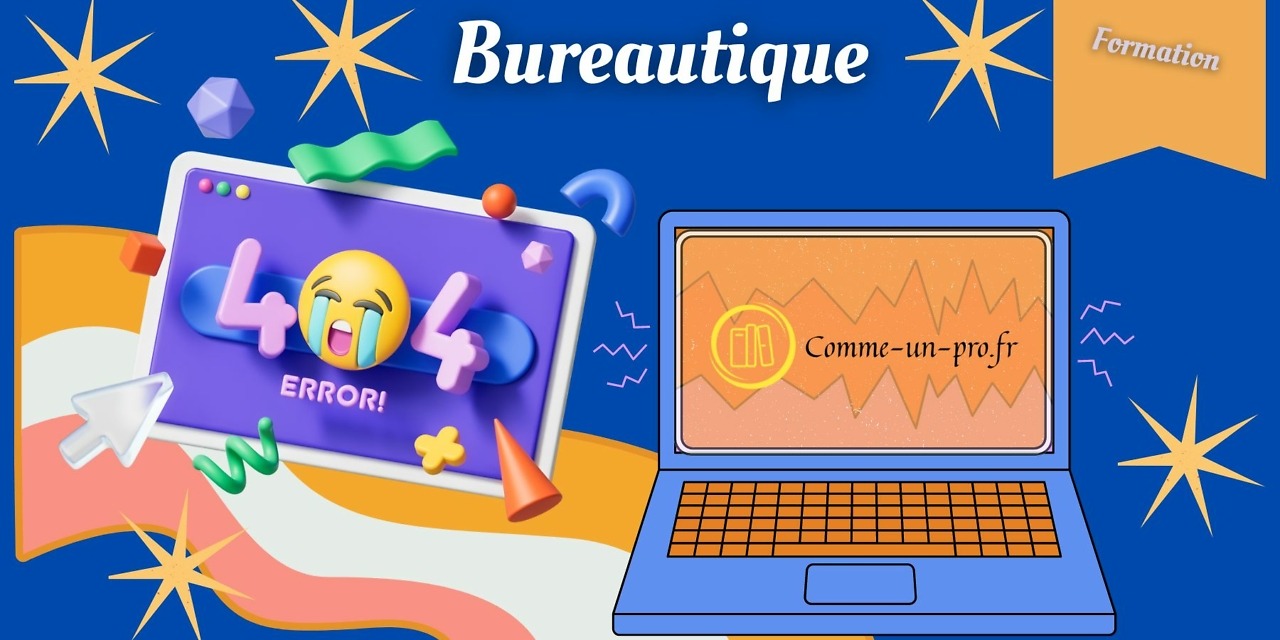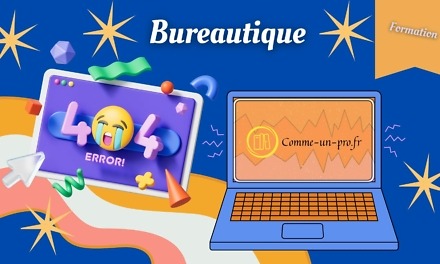Introduction to email management with Gmail Enterprise
As part of training your colleagues to use Gmail Enterprise, also dubbed Google Pro, one of the most crucial aspects is effective email management. Poor email management can quickly lead to a cluttered inbox, which in turn can lead to missing important messages and increasing work-related stress. In this first part of our third guide, we'll focus on the importance of email management and the benefits Gmail for Business offers in this area.
Gmail for Business is designed to help users manage their email efficiently. It offers a host of features, from inbox organization to auto-reply, that can help make email management easier and more efficient.
One of the main features of Gmail Enterprise is the ability to filter and classify emails based on different criteria. For example, you can classify your emails according to sender, subject or date received, and you can also create filters to direct emails to specific folders or mark them as read or unread.
Plus, Gmail for Business lets you flag important emails, pin them to the top of your inbox, or archive them for later reference. These features can be very useful for managing a large amount of emails and ensuring that important information is not lost in the constant stream of incoming emails.
Finally, Gmail Enterprise also offers pre-configured auto-reply and email composing options. These features can help save time and improve efficiency, especially when you need to respond to similar emails repeatedly.
How to Organize Your Gmail for Business Inbox Effectively
Now that we've discussed the importance of email management in Gmail for Business, let's take a look at how you can use the various features of Google Workspace to effectively organize your inbox.
Create filters: Gmail's filters allow you to automatically sort your emails as soon as they arrive. For example, you can create a filter so that all emails from a specific customer are automatically marked as important or moved to a specific folder. To create a filter, all you need to do is click the filter icon in the Gmail search bar, set your criteria, and then choose the action to take.
Use labels: Labels work similarly to folders, but provide a greater flexibility. An email can have multiple labels, allowing you to classify a single email into multiple categories. You can even color the labels for easy identification.
Mark important emails: To make sure you don't miss the most important emails, use the star to mark important messages. These emails will then appear at the top of your inbox, helping you spot them quickly.
Archive emails: Archiving allows you to move emails from your inbox without deleting them. This is a great option for emails that don't require immediate action, but that you might want to review later.
Use confidential mode: Gmail Enterprise offers a confidential mode option that allows you to set an expiration date for your emails and protect them with a password. This can be particularly useful for emails containing sensitive information.
By using these features, you can turn a messy inbox into an organized and easy-to-navigate workspace.



